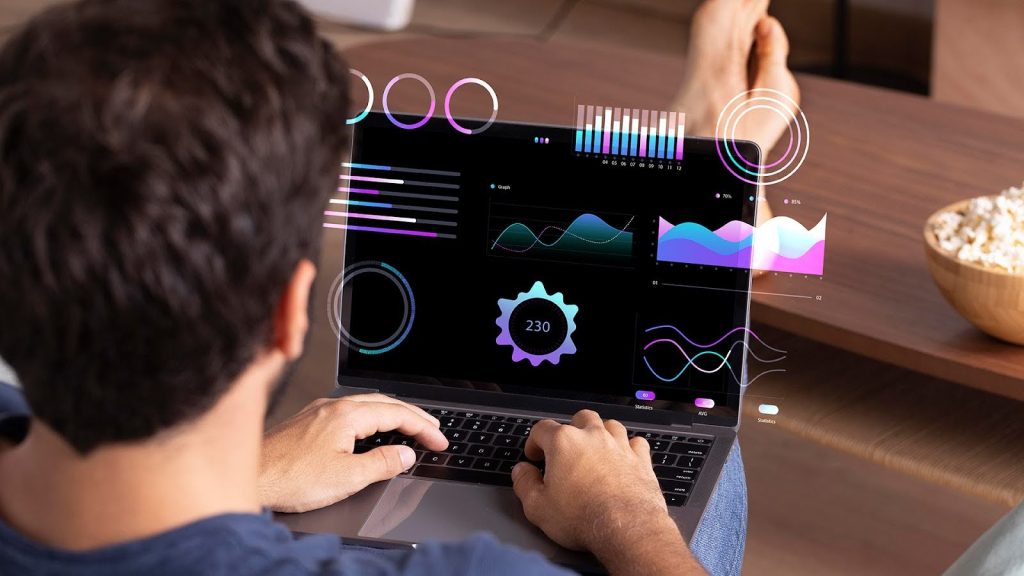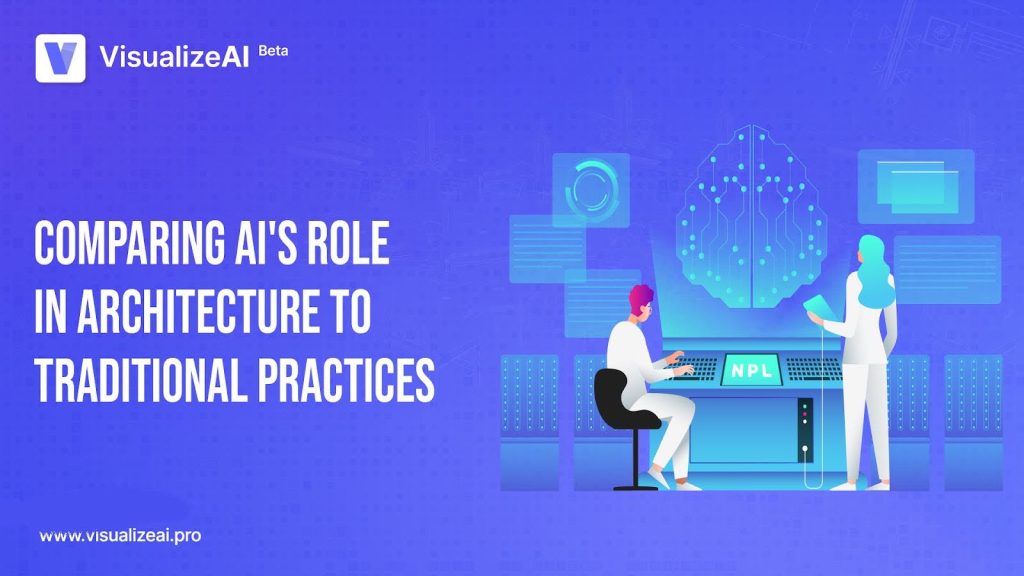The field of architecture is experiencing major changes triggered by artificial intelligence (AI). For centuries, architects have relied on established methods to design, present and communicate their visions. These traditional practices still have value, but AI is changing architecture, particularly in the field of visualization.
The Power of Visualization in Architecture
Architectural visualization has always been an essential tool in the design process. Traditionally, architects use physical models, hand-drawn sketches and 2D computer-assisted design (CAD) drawings. These methods enabled initial design research and communication with customers. However, they came with limitations:
- Limited communication: In many cases, 2D drawings do not capture the real scale, depth and spatial relationship within a design. This can lead to misinterpretation between architects and clients, who may struggle to see the final result.
- Time-consuming revisions: Changes to physical models and detailed renderings may take a long and expensive process. This hinders design exploration and iteration.
- Difficulty showcasing context: Traditional methods have difficulties effectively displaying how buildings interact with the environment around them, which could lead to unforeseeable challenges during construction.

AI Revolutionizes Architectural Visualization
AI has introduced a new era of architectural visualization by creating incredible realistic and architectural visualization with AI. These AI tools bring many advantages to architects and change their way of working.
- Enhanced communication: AI allows architects to create immersive 3D models that clients can virtually “walk through.” This fosters a deeper understanding of the design intent, reducing communication gaps and ensuring everyone is on the same page.
- Streamlined design process: With AI, architects can explore various design iterations quickly and efficiently. AI tools can analyze different layouts, materials, and lighting options, allowing for faster decision-making and optimization of the design.
- Realistic context integration: AI can incorporate surrounding landscapes, existing buildings, and even weather effects into visualizations. This provides a more accurate picture of how a structure will blend into its environment, leading to better design decisions from the outset.
Benefits of AI-powered Visualizations
The use of AI in architectural visualization offers benefits not just for architects, but also for clients and the overall project:
- Improved decision-making: By visualizing various design options in a realistic setting, clients and architects can make informed decisions before construction begins. This allows for early identification of potential issues and ensures a smoother building process.
- Enhanced stakeholder engagement: Realistic visualizations are a powerful tool for communicating design ideas to investors, contractors, and the public. This fosters greater buy-in and collaboration throughout the project lifecycle.
- Reduced project risk: Identifying and addressing potential design problems in the virtual environment can prevent costly mistakes during construction. This leads to a more efficient and predictable project timeline.

Personalizing the Architectural Vision with AI
Beyond creating stunning visuals, AI offers exciting possibilities for personalizing the architectural experience. Some AI platforms achieve this by:
- Understanding client needs: Through questionnaires and interviews, AI can analyze a client’s preferences for style, functionality, and budget. The AI then tailors the visualizations to reflect these unique needs and desires.
- Learning from design trends: AI algorithms stay current on architectural trends, ensuring visualizations are innovative and reflect best practices.
- Incorporating site-specific data: AI considers factors like topography, sun angles, and local building codes during visualization creation. This results in realistic and feasible design proposals that are well-suited to the specific project site.
Advantages of Personalized Visualizations
The use of architectural design visualization tools with AI-powered personalization offers numerous advantages:
- Improved client satisfaction: By tailoring visualizations to meet specific needs, architects can ensure clients feel heard and understood. This leads to higher levels of satisfaction and trust throughout the design process.
- More informed design decisions: With a personalized view of the potential design outcome, clients can make informed decisions about material choices, layouts, and other design elements.
- Enhanced design exploration: AI allows architects to explore a wider range of design possibilities that cater to the client’s specific vision. This fosters a more creative and collaborative design process.
Beyond Aesthetics: The Future of AI in Architecture
As AI technology continues to evolve, we can expect even more advancements in architectural visualization. Imagine using AI to generate visualizations that adapt to different lighting conditions or even respond to user input in real-time. Additionally, AI could play a role in:
- Optimizing building performance: AI could analyze building designs and suggest changes to improve energy efficiency, structural integrity, and overall functionality.
- Automating repetitive tasks: AI could handle mundane tasks like code compliance checks and generating construction documents, freeing up architects’ time for more creative endeavors.
Embracing the Transformative Power of AI
The days of static drawings and limited communication are fading. AI-powered architectural visualization tools are ushering in a new era of design exploration and collaboration. By creating personalized and immersive visualizations, AI empowers architects to bring their visions to life in a way that is both impactful and engaging for clients.
VisualizeAI is at the forefront of this revolution, providing architects with a comprehensive suite of AI-powered tools to create stunning and informative visualizations. From understanding client needs to incorporating real-world data, VisualizeAI empowers architects to streamline their workflow, optimize designs, and ensure every project is a success. With VisualizeAI, architects can bridge the gap between imagination and reality, fostering a future of architecture where design excellence meets clear communication.

